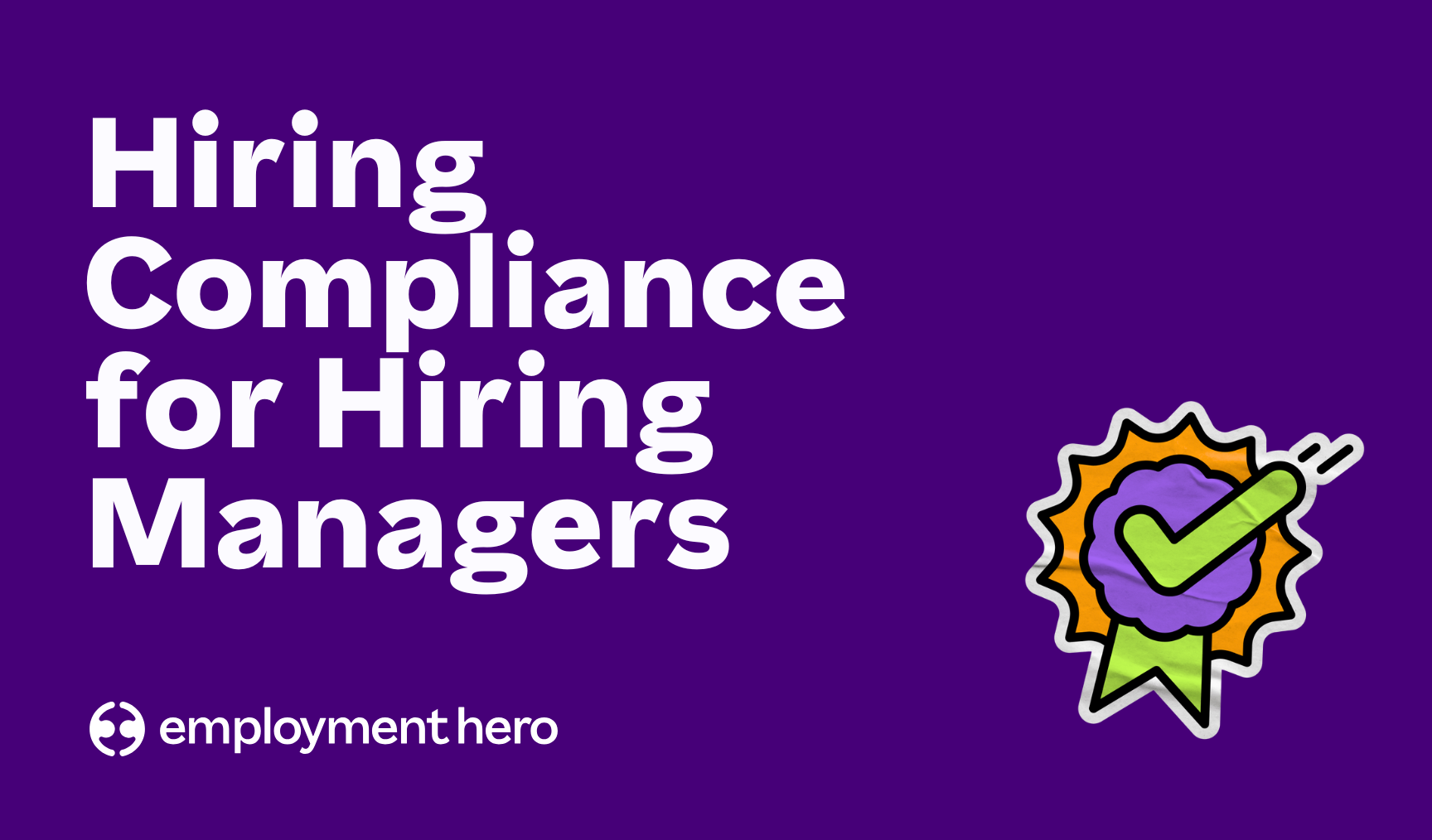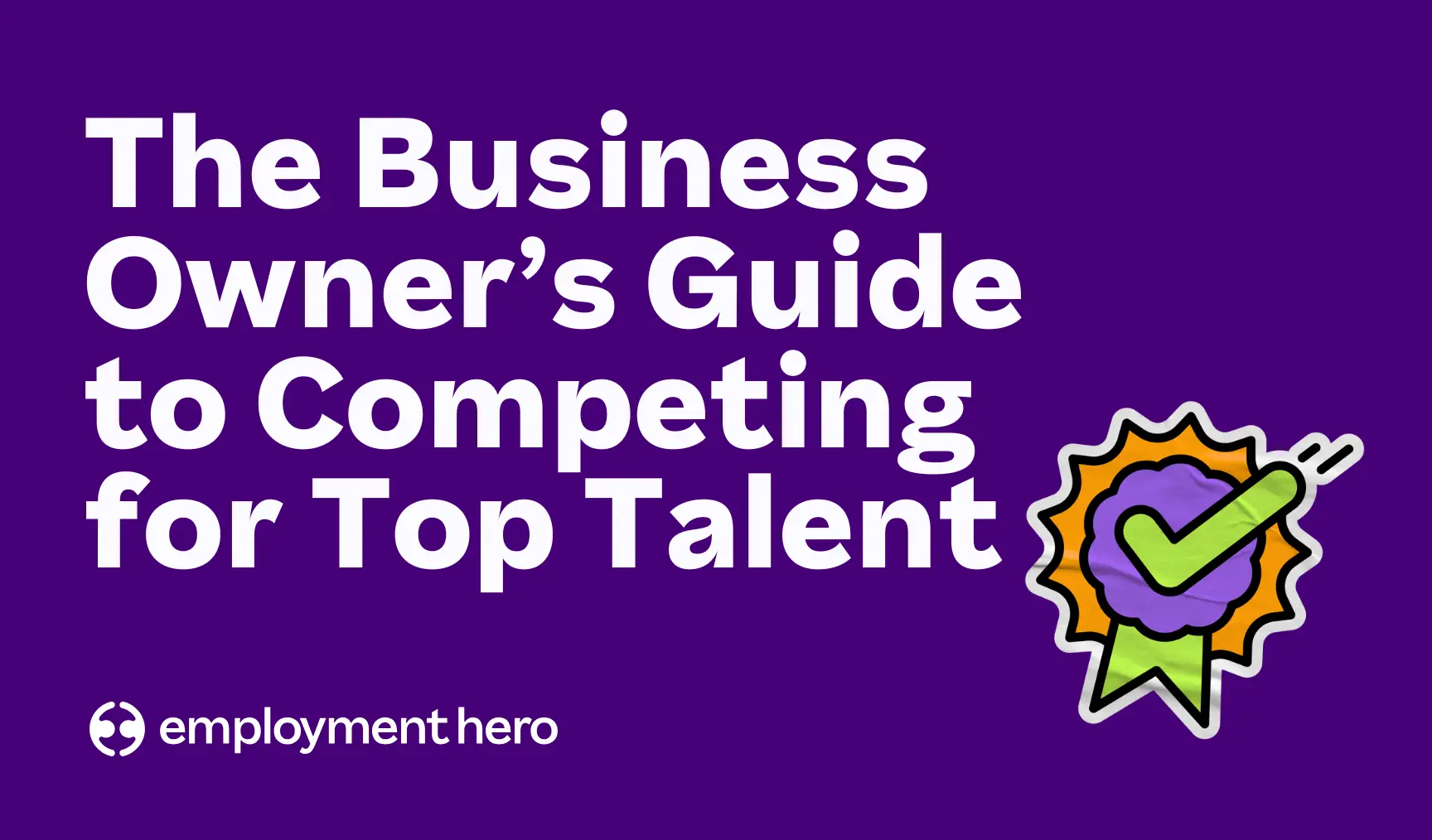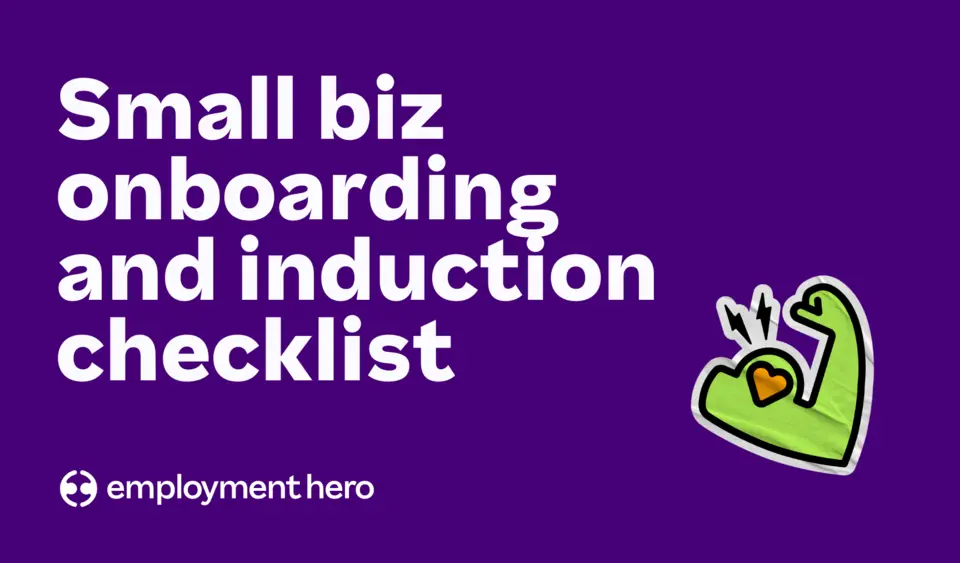How to manage team conflict in the workplace
Published
How to manage team conflict in the workplace
Everyone has different personalities. Everyone has different beliefs. Everyone has different backgrounds. Everyone shares different values. Everyone has different skills. And everyone has different life experiences.
With all of us sharing so many differences in our day-to-day, it’s inevitable that conflict is going to occur – and most likely, it’s going to occur often.
What is in this team conflict management guide?
This guide will help manage conflict in the workplace and answer:
- What is workplace conflict?
- What is conflict management?
- Why does HR need to get involved?
- Steps to manage conflict in the workplace
- Examples of workplace conflict and more!
To learn more about resolving team conflict in the workplace, download our guide now.
Best way to handle conflict in the workplace
Conflicts are inevitable, even in the most engaged of workplaces. Regardless of the source of the conflict, if they are left unresolved, conflicts can quickly impact employee morale and productivity.
Here are a few conflict management examples and the basic conflict management skills you should practice to resolve them.
How to resolve conflict in a team as a manager
When trying to resolve conflict in a team, it’s important to practice the following skills when resolving team conflict in the workplace:
- Create a healthy culture. Treat everyone in your team fairly and equally, provide them with praise and recognition, and be open and honest at all times.
- Learn to spot the early signs of conflict. Read team members’ body language (e.g. crossed arms), facial expressions and tone of voice.
- Deal with conflict promptly. Take action early to help your people resolve the situation before it escalates.
- Develop rules for handling conflict. Ensure team members listen to one another, respect each other’s points of view, and refrain from interrupting each other.
- Never take sides. Your role is to help the team members address the issues causing the conflict and reach a resolution that works well for them.
As the HR manager in your company, you should be able to provide help and support to your colleagues and lead team building and conflict management activities.
Workplace team conflict examples
Before you can work your way to better managing team conflict, you have to be across the types of conflict that can occur and you yourself should be able to give examples of how effective teams may deal with conflicts.
There are a few different types of team conflict. Three of the most common conflicts in the workplace that you’ll experience are with the boss, your co-workers, or the team. Here we discuss each type and give you some helpful examples.
1. Conflict with the boss
The situation of an employee who has constant clashes with their boss typically comes about when their boss shows little faith in their skills and ability and doesn’t have confidence that the employee can get the job done without micromanagement.
The individual may have been overlooked for a promotion, or their boss may have different ideas about what the employee’s role should be and very different perceptions about priorities and what needs to be done.
For insights into addressing issues with problematic managers, explore our guide on how to deal with bad managers.
Read more: Setting up a grievance handling procedure
2. Conflict with a colleague
In today’s working world, collaboration is key. But, the office can be a stressful, competitive place that doesn’t always bring out everyone’s best side.
Tension can flare up among co-workers for any number of reasons. From perceptions of unfair workloads, unjust recognition, and favouritism to different views on how a task should be completed. However, some of the most problematic conflicts with colleagues come about because of egos, personal values, and office politics.
Learn more about managing difficult colleagues in our guide on how to manage toxic staff.
Read more: Is excess workload at work considered bullying?
3. Conflict with direct reports or team members
Conflict with direct reports can erupt if a team member appears to be slacking off and not pulling their weight while their poor performance goes unchecked.
At the same time, workplace change like a new boss or a peer being given more responsibility can also spark conflict as workers try to adapt to new situations. Other factors include an individual’s self-esteem, personal goals, values and needs.
Read more: Enforcing the employee code of conduct
Team conflict resolution examples
There are several methods of dealing with conflict in the workplace as a manager, and your approach to resolving office conflict will depend on the type of dispute that is happening.
By having a thorough understanding of which types of disputes your workplace is dealing with, you can deal with office disputes more effectively.
How to resolve conflict with a boss
If there is a conflict between a boss and an employee, it’s important to understand the boss’s goals and motivations while letting the employee express their concerns while exploring ways for them to work better together.
For example, the boss may have no idea that the employee was looking for more responsibility, and their “micromanaging” of them was just their way of making sure the employee didn’t get overwhelmed with the tasks at hand.
Getting insight into a boss’s reasoning and outlook may spark ideas about new techniques for handling the situation.
How to go about resolving conflict with a colleague
With an honest and open approach, you can resolve most types of co-worker conflicts. When it comes to differing views on how a task should be accomplished, it’s important to recognise all ideas and find common ground.
Focus on what aspects both parties agree on, and figure out if there’s one way that appeals to both of them. If not, approach someone higher up to get their help in making the decision.
To resolve more difficult conflicts with colleagues, it’s important to approach the situation with a positive attitude and focus on solutions rather than apportioning blame.
How to resolve disputes between employees
Finally, how do you manage conflict in a team? The longer a conflict between team members goes on, the more it will snowball. So, it’s important to have difficult conversations with the team members early on.
Look at issues objectively, and make work-related outcomes and behavioural expectations clear. Alternatively, where both team members have credible ideas on a solution yet cannot find common ground, draw on a senior member of staff to help find the compromise.
Our resources on taking HR digital can also provide tools for modernizing your approach to conflict resolution.
Dispute resolution procedures
According to the Australian Fair Work Commission (FWC), modern awards and enterprise agreements should feature a dispute resolution procedure to help resolve disputes. Employers should follow the procedure, and failing that, can make an official application to the Commission for a resolution.
The steps of a conflict resolution within the workplace may include:
- The staff member meeting with their direct supervisor to discuss the grievance
- The matter being discussed further with senior management
- The referral of the dispute to a senior officer within the organisation
- An independent mediator offers assistance in resolving the dispute
If both the employee and employer can settle the dispute privately, it saves the time and stress of a formal legal process. The FWC recommends an interest-based approach to resolve and even prevent disputes. This method focuses on shared interests, and the Commission can help implement interest-based approaches via the Cooperative Workplaces program.
The following information and tools may also help with policies and procedures to avoid disputes:
- The Fair Work Ombudsman
- Online learning centre – having difficult conversations at work
- Effective dispute resolution (a best practice guide for effective dispute resolution)
- Information on workplace consultation and co-operation
Read more: Setting up a workplace policy
Remember, team conflict is normal
It’s important to understand that a conflict-free workplace is not necessarily a good thing. Conflict is both normal and healthy. It’s all about managing team conflict and creating a culture where dissent is encouraged and where everyone feels safe to disagree with one another can spark innovation and future success.
Knowing how to deal with conflict in a team, especially unhealthy conflict is important. Indeed, healthy conflict is not toxic. Nor will it destroy your work environment or company culture. In fact, handled properly through appropriate team conflict management activities, conflict can generate that spark of ingenuity that is so important to the health of the business.
So, as the HR manager, it’s important to treat conflict with respect. But, instead of cleaning up other people’s messes, empower your people to work through the problems themselves.
Financial wellness also plays a role in workplace dynamics. Explore the 2023 report on Australia’s financial wellness for insights into how financial stress can impact team conflicts. Supporting your team through a natural disaster can also help maintain team cohesion during challenging times.
To learn more about resolving team conflict in the workplace, download our guide now.
Related Resources
-
 Read more: Recruitment compliance do’s and don’ts: Hiring compliance for hiring managers
Read more: Recruitment compliance do’s and don’ts: Hiring compliance for hiring managersRecruitment compliance do’s and don’ts: Hiring compliance for hiring managers
Published 1 min read Having responsibility for a business’s approach to hiring can be daunting: how do you ensure all…
-
 Read more: Hiring Issues Holding You Back? The Business Owner’s Guide to Competing for Top Talent
Read more: Hiring Issues Holding You Back? The Business Owner’s Guide to Competing for Top TalentHiring Issues Holding You Back? The Business Owner’s Guide to Competing for Top Talent
Published 1 min read Hiring great people is one of the most powerful ways to grow your business – but…
-
 Read more: Dodge Thousands in Fines, Keep Great Staff: Onboarding Checklist
Read more: Dodge Thousands in Fines, Keep Great Staff: Onboarding ChecklistDodge Thousands in Fines, Keep Great Staff: Onboarding Checklist
If you run a business with under 10 staff, this onboarding checklist will help you get the most out of…










